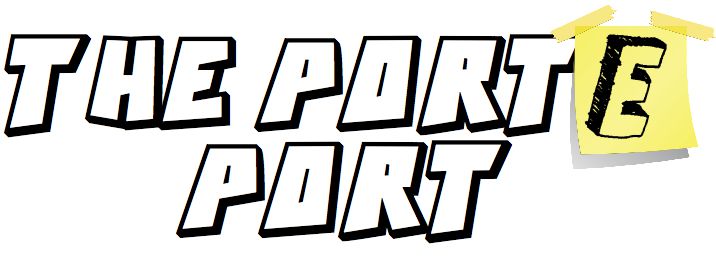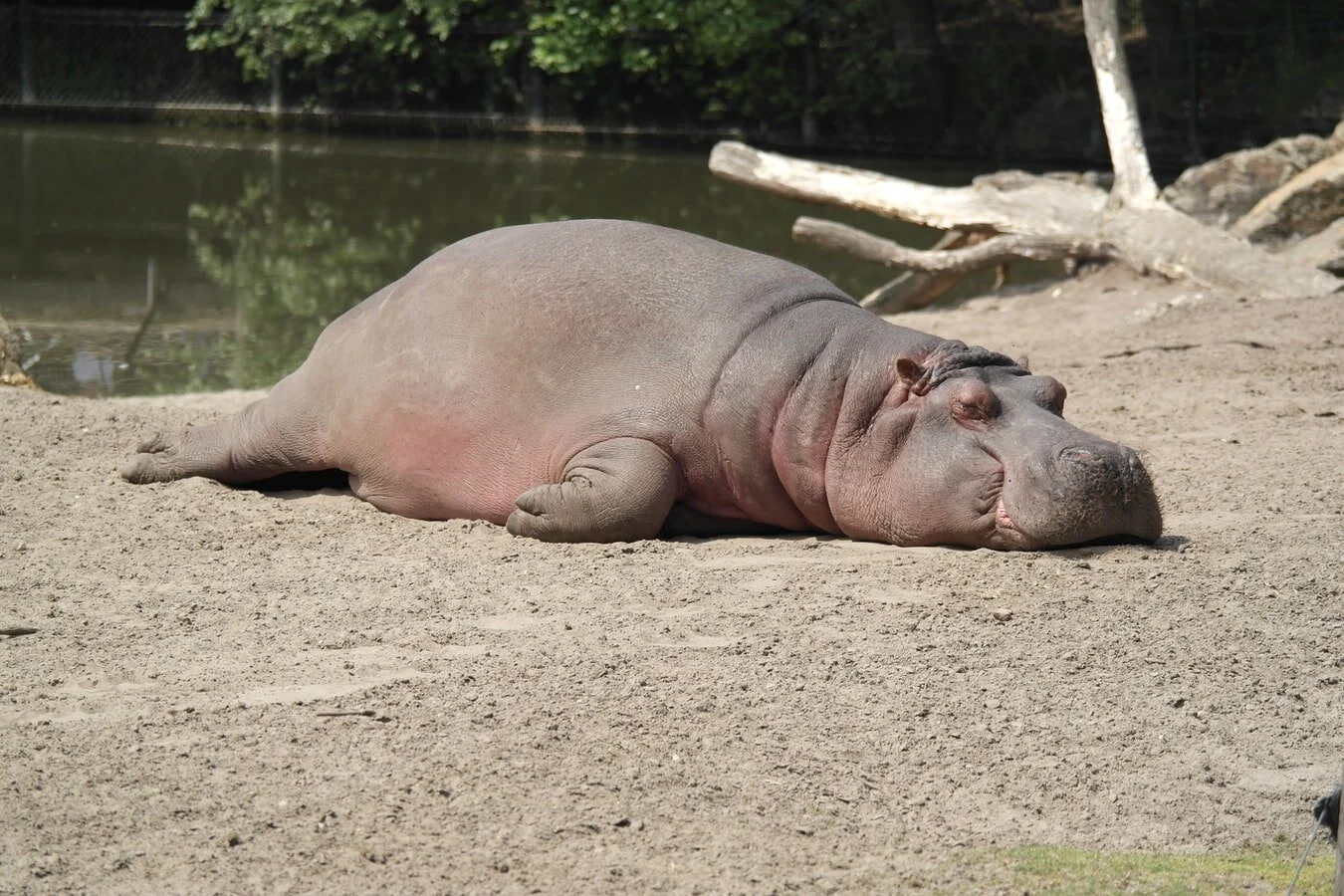Writing Proper Escalation (Modeled With Dinosaurs)
You have the perfect opening for your book:
…The action blows away your reader right from the start.
…A mad scientist launches a human into space where he conducts experiments on his brain by forcing him to watch the worst movies ever made.
…This is all set in the not too distant future...wait.
The point is, your reader can't wait to keep going because it's only going to get better!
It's going to get better right?
You didn't give it all away right at the beginning, did you?
I mean, you need a good hook here, but did you start with an Indiana Jones boulder chase scene with nothing down the line that will even come close to that kind of excitement?
You don't want your reader giving up a few chapters down the road because you set up a promise that you can't deliver on.
Trust me, I'm dealing with those same questions. I want to hook my readers, but not give away the entire story either.
How do you keep your reader hooked, enticed by the layers of intricacy in your story, while still having something new to share about your conflict and characters each step of the way?
Just plot your stories like Steven Spielberg.
Easy, right?
Don't worry, you don't have to start practicing your description of close up faces to match Spielberg's style.
I WANT TO SEE EVERY BEAD OF SWEAT ON THAT MAN!
It all comes down to one word: escalation.
We have talked about making every plot point lead to your central conflict, but we are going to look at developing one plot point with escalation here.
...with dinosaurs.
Don't let the second Jurassic Park throw you. Or the third. Or Jurassic Pratt. Or the one that came after that. Or the inevitable one that will follow after that one.
Ok...don't pay any attention to anything in the Jurassic Park franchise besides the first movie. And the toys with Dino-damage.
The first Jurassic Park is a classic for a lot of reasons, but one of the main triumphs is how it escalated the terror, action, and thrills throughout the story.
First, what's the central theme here? There's conflict with this theme, both in action and in dialogue. That theme is control.
What better way to explore that theme than to have a T-rex turn a Ford Explorer over with legitimately terrified children in it? (No seriously, the glass on the roof of the car wasn't supposed to break, and the kids reacted with actual screams as the T-rex head came crashing down on them).
Aww she thinks she's a lap dog, how cute.
You would think that writing an opening for a movie with killer dinosaurs, a badass paleontologist, and Jeff Goldblum would be pretty straightforward. You can easily overdo it, though.
Look at Fallen Kingdom. It led with probably the best scene in the entire movie. A little mystery, suspense, and...well it all wrapped up super goofy, but it was good to see ol' Rexy in the dark and rain again.
Yet, nothing really fits the tone of that scene in the rest of the story. It didn't lead me to be afraid of anything to come later.
It doesn't play into the central conflict or theme.
You don't want to see too much of the dinosaurs to start, but enough to have some mystery.
The Jurassic Park book starts with a worker that's transferred to the mainland with odd injuries that are obviously from an animal, even though the InGen PR team is desperately trying to convince everyone he got ran over with construction machinery.
Spoiler alert: its dinosaurs.
Questions are established, and I want to keep turning pages. The tension of a man dying from these wounds adds to the thrill of the scene, and a reader wants more.
Steven Spielberg takes that concept and converts into something that works really well on screen.
The movie begins with the theme: control.
A bunch of pasty dudes with 80's mustaches that no one told them should have been shaved long ago stand with guns together. Actually, that could just be today's news.
A super hardcore cage is lifted by machine and put into place in the most elaborate supply delivery of all time.
The cargo: a Velociraptor. Actually, real Velociraptors were much smaller, and this is more closely based on the Utahraptor or Deinonychus, but I digress. (Hey, I had that dinosaur Zoobooks as a kid and damn it I'm going to use that knowledge).
Oh hell yeah
It's the perfect way to showcase that even with all these safety perimeters and attempts at control, anything can happen. (See, a focus on the central theme right from the start).
The raptor is smart enough to get the poor gatekeeper to drop in for lunch (clever girl) and the intensity of the scene ramps up instantaneously.
Pay attention, though, to what we get to see. We only see a vague silhouette of the raptor at one point, and then close-ups of her eye. It makes terrible sounds, but there's not a lot to see. Our imagination does the rest. We don't even have a name for this creature yet in the movie.
Whatever just happened, it was terrifying.
Then we get Dr. Grant scaring the hell out of a kid by pretending to slash his intestines out. As grown-ups do, I suppose.
This builds on the monster we just saw (the raptor, not Grant). We learn how they hunt in packs. It makes us envision the cage scene, but with even more of them! All we see in the scene is the giant claw that looks perfect for scaring kids with.
We don't see a clear picture of the whole beast, however. Only raptor bones are being dug up. Any actual image is all in our mind.
When raptors are mentioned again, we see even less of them.
Our fleshy human characters get to watch as the raptors in the cage go ham on some beef.
Again, we don't get any kind of glimpse, just terrible sounds and the wreckage of the contraption that lowered the poor cow in.
I mean, I do that at In-N-Out too, but damn, I don't need to see it.
All we get is more info about these dinosaurs. They have a hyper level of intelligence and move at cheetah speeds. Makes you wonder what evolution was doing when they all turned into chickens, but I'll let Mother Nature own up to that one.
BAHAHA! No, no…you look fine.
You see a trend here? These scenes leave out a ton of description. We don't see a full raptor yet. We barely see them do anything, honestly, yet we all remember them. And they totally didn't give me nightmares as a kid. Not even one. Nope.
The slow trickle of information about them and lack of visuals sets off our own imagination. The terror is the anticipation for what's to come, not necessarily the event itself when it does happen.
And that's just the thing, these scenes establish that controlling nature is impossible. Not only have the creators of this super dangerous Disneyland not thought of everything, but the animals are actively working against the constraints of that control too.
Every time we get a glimpse, we feel we are one step closer to disaster.
Which we are. I mean, that's why this is a story. It's not, look how cool this park is and it totally works!
Throughout the rest of the story, we get little reminders that the raptors are still waiting to horrify us. Sure the T-rex cage has lost power, but my God! What about the raptor cages?
The raptors break out, as they do, and that safety net we have felt the whole story is stripped away. Now we feel exposed, and they could come from any direction.
That was all established because of the buildup. We see how fast they are, how scary they sound, and how smart they are. There are some serious teeth and claws to worry about, and they are working together. The payoff to this terror has been slowly built up to.
Then raptors start jumping out of bushes, electrical wire, and ceiling tiles while our hearts are beating into our ears as we grip the edge of our seats.
“Oh my God! Laura Dern? Laura! Laura! Let me get an autograph! Please!”
If we saw all of the raptors in that opening shot, our brain wouldn't have had the fun of building it up in our minds. The more we understand of something, the more we rationalize it. The fear of the unknown is a powerful tool.
That's the tool you want to utilize throughout your story. That opening scene should grip your audience, but there should be plenty of questions too.
Each scene needs to build on top of the others. So many action/thriller stories are ruined because the action seems disconnected and distant from each other. They are just a collaboration of scenes, and we get spit out in the climax wondering how we got there.
There needs to be logic to what is going on. Each scene plays into the conflict by remembering what the other scenes have already given the audience. Remember Lost? All that mystery just kind of started doing its own thing unraveling by the end with no sense of how each mystery built on each other. Don't do that in your scenes.
Good scenes also multi-task.
Not only are we afraid of the inevitable moment we will see a raptor during Grant's description to the kid he harasses, but we also get to see Grant's character. Man, he hates kids. I mean they do smell...well some of them smell...babies smell!
The story also has the human characters, and we need good ones so that the terror we are building has stakes. Grant's development is one of those stakes.
He may have been terrifying a kid at the beginning with a raptor claw, but he is protecting kids from raptors by the end of the story. That human growth is in danger. We want to see him make it out, earning his redemption of sorts.
How does your opening scene reveal something about the central conflict? Does it link at all, or are we on a side journey just to grab our attention. If you invest your readers' attention, there had better be pay off.
Do you reveal too much?
Let's say you are writing a Stephen King type monster thrill ride, and we know exactly how the monster operates and what it looks like by the end of chapter one. What are we supposed to build in our minds now?
Here’s a handy infographic I made to show you how to build that monster:
A reader wants to stick around to see how the answers play out, not to see how much destruction this monster you created will cause. We know the monster is bad, but how it operates and the reason it exists thrills the intellect of the reader.
Escalation lets the audience take part in the story. Little by little, they will grow their own hypothesis in their minds.
Make sure the appetizers come before the main course, and not so much that they will get full before your best dish.
Telling a good story is a complicated business. Why not have some fun and geek out to our favorite movies, books, shows, and games to see how they use storytelling techniques? Sign up below for more from Spielberg to Tolkien and get tips direct!













